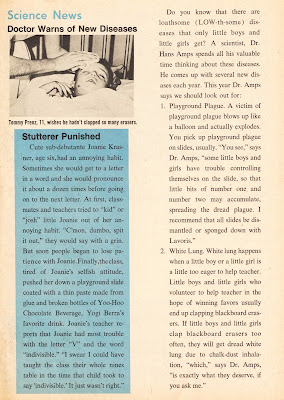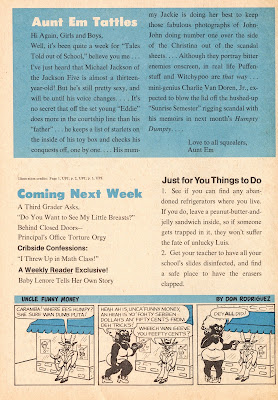Book Review: 'Caught in the Crossfire' by David Drake
'Caught in the Crossfire' (394 pp.) was published by Baen Books in July, 1998, and features cover art by Larry Elmore.
This book is a compilation of previously published 'Hammer's Slammers' novels and short stories, along with a novelette, 'The Immovable Object', especially written for this collection.
The Slammers franchise, for which Drake is best known, began all the way back in November 1974, when Drake published 'The Butcher's Bill' in Galaxy magazine. The following year Gordon R. Dickson featured the story in the anthology Combat SF.
While in general editors were not particularly receptive to military-themed sci-fi during the 70s, with the founding of Baen Books in 1983 the sub-genre began to thrive, and while it has had its ups and downs, to this day it remains popular, with Drake one of its most successful practitioners.
My capsule summaries of the contents of 'Caught in the Crossfire':
The Warrior (1991): sergeant Samuel ‘Slick’ Des Grieux is a thoroughly unlikeable man, prone both to disobeying his superiors, and placing himself in lethal danger due to an innate death wish. But he’s the best tank commander in the Slammers........ and when things turn dicey, it’s Des Grieux who winds up saving the day.
Caught in the Crossfire (1978): civilians hoping to avoid being involved in conflict react poorly to being drafted by the Slammer's adversaries.
The Immovable Object (1998): Denis Lamartiere, who secretly is a supporter of the Mosite Rebellion, has gotten a job servicing the Slammer's tank Hoodoo at the support base. When Lamartiere decides to take possession of property that isn't his, all manner of mayhem ensues.......
Counting the Cost (1987): on the planet of Bamberia, in the city of Bamberg, Slammer’s captain Tyl Koopman, and United Defense Battery lieutenant Charles Desoix, must maintain a position of neutrality when a rivalry between local political factions erupts into mob violence.
This novel is rather dull, and its inclusion weakens the anthology. It suffers from a narrative that consists almost entirely of strained conversations between mercenaries and politicians.
The Interrogation Team (1985): when a civilian affiliated with the enemy comes into the hands of the Slammers, he is subjected to a benign form of interrogation. But the consequences of yielding information can be severe. This is the best story in the anthology, with a 'shock' ending that drives home the message: the Slammer's don't mess around.
Summing up, this book primarily will appeal to Drake / Hammer's Slammer's fans, but those with a fondness for action-oriented and military sci-fi also will find it engaging.




































































